How to Dramatically Improve Your Short Term Memory In No Time
Nearly every time I meet someone new, the inevitable question comes up:
“So, what do you do?”
Like anyone, I have a series of standard replies, depending on who the person is and how invested I am in the conversation. Usually, the reply sounds something like this:
“I run a media company that creates only courses, primarily on the topics of memory, learning, and speed reading.”
What doesn’t vary from conversation to conversation is the reply:
“Oh my gosh… I NEED THAT! I have the worst memory!”
Sigh…
Indeed, it seems that the desire to improve our memories is as universal in this day and age as the desire to have more time (which, let’s be honest, we all have experienced).
Here’s the good news:
Unlike adding more hours to the day, you can add more capacity to your memory.
However, in order to do so, there are a few, key fundamentals you must understand.
There Is No Such Thing As Simple And Plain ‘Memory'
As a whole, people understand very little about what their memory is, how it works, and why. And can you blame them? We are all the product of a school system that spends a full year teaching us how to calculate the angle of a line tangent to a circle, but never once stops to teach us about the 10 pound mass of fat that we’re supposedly there to enrich.
(By the way, did you know that your brain is the single most complex object in the known universe? Pretty cool, but definitely not something you can be expected to figure out on your own).
When we set out on the task of improving our memories, it’s important to make a few key distinctions.
First, we must understand that our memory can be categorized into 3 rough categories:
- Working Memory
- Short Term Memory
- Long-Term Memory
Of course, there are different types of memories as well, from episodic, to autobiographical memory, spatial memory, semantic memory, and even procedural memory – but none of that is actually of any importance to us right now.
What you need to understand is that there’s no such thing as plain and simple “memory”. In fact, memory is an extremely complex thing, and one that neuroscientists and psychologists still don’t completely understand. Every day, researchers are surprised to learn about new areas of the brain which are involved in different types of memory, and are finding out that it’s not as simple as assuming that one part of the brain is used in one type of memory.
Fortunately, we don’t actually need to understand the neuroscience behind memory to improve it… If that were true, even I would probably be walking around saying that I have a lousy memory!
The Difference Between Working Memory, Short Term Memory, and Long-Term Memory
So, what are the differences between these 3 types of memory?
Well, first off, we have working memory. As the name would suggest, working memory is really only used while you are working with and processing information. Think of it as your brain’s scratch paper. When you begin reading a sentence, like this one, and remember how the sentence started long enough to connect it to the end… that’s working memory. See? You just used your working memory – and so did I, while writing this very sentence.
Next, we have short term memory – which is quite possibly the most confused memory type of all. Most people would guess that short term memory lasts for minutes or even hours, but in reality, most of the research shows us that this type of memory lasts between 15 and 30 seconds. In that way, you can think of it kind of like the buffer on your computer. When you learn something new, short term memory brings it up in your brain, before the rest of the brain decides what to do with it – sort of. Furthermore, if you’ve ever heard that we can remember 7 ± 2 objects (it’s actually 4 ± 1) in our memory, that refers to short term memory.
Finally, we have long-term memory. Once again, there’s a lot of confusion here, most likely because of the name. While 1 minute may not seem like a long time, in fact, this is the domain of long-term memory. This category of memory is incredibly broad, covering the span from 1 minute to 1 century, and everything in between. Once again, there are many different types of long-term memory, but suffice it to say that if it’s something stored permanently or semi-permanently, that’s your long-term memory at play.
Now that we understand this, let’s proceed, and ask:
Can You Really Improve Your Short Term Memory?
In a word, not really.
But before you get disappointed and leave, don’t worry.
This isn’t because you can’t improve your memory overall – quite the contrary – you can easily 10X your memory in just a few short weeks… It’s just that unless you are suffering from Alzheimer’s or some other form of brain damage, nearly any and all memory improvement you’ll undertake will likely improve your long-term memory.
Indeed, perhaps one of the main reasons people wish to improve short term memory as opposed to the other forms of memory is a misunderstanding of the breakdown. In fact, for my money, I think improving long-term memory is a far better investment – after all, imagine remembering 80% of every book you read – a skill I teach my students in my SuperLearner course.
Sure, there are a few things that you can do to improve your short term memory, but on the whole, you already know them all:
Get more sleep. Exercise. Meditate. Eat a healthy diet with minimal sugar.
In truth, each of these things will improve your short term memory, but only by virtue of the fact that they’ll improve your overall cognitive health.
Assuming you’re already doing all that, let me start, then, by explaining that improving your short term memory is actually not so much a matter of training your memory itself. Sure, you can make a daily habit of remembering longer and longer strings of information, and that will probably improve short term memory at least temporarily. However, if you really want to see dramatic improvements, you need to re-learn how to use your memory – a skill that humanity forgot with the advent of ink, and buried with the advent of computers and Google.
The Importance Of Visual Memory
Thousands of years ago, the Greeks valued short and long-term memory as the noblest of pursuits and skills. They remembered thousands upon thousands of words, entire stories and poems, laws, and sonnets. In fact, it was hundreds of years before such classics as Homer’s The Odyssey or The Iliad were ever committed to writing. This means that someone memorized these massive stories, and passed them on for generations.
The Greeks didn’t do this with some magical herb or root, and they didn’t do it solely by training their memories like you’d train your muscles. They did it because they were masters of mnemonics, or memory techniques.
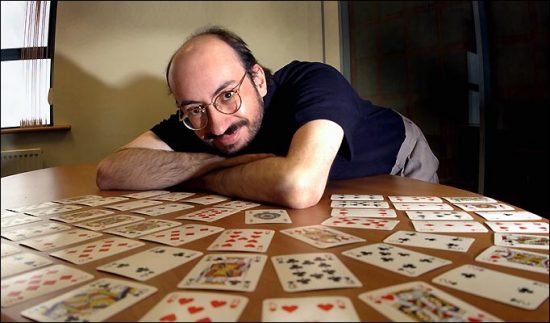
Memory athletes like Ben Pridmore use these techniques to accomplish such feats as memorizing a deck of cards in only 27 seconds.
You’ve probably encountered mnemonic devices in the past, if you’ve used acronyms like PEMDAS or songs to improve short term memory. These are helpful, but not nearly as effective as visual memory. In my course, I explain that our brains are evolved to place a high emphasis on more “life-and-death” information. They often say that smell and taste (which are related senses) are the most memorable of senses – and this is likely true.
But why?
Well, first off, they are hard-wired into the reptilian brain, and developed way before our other senses. But second, it’s a simple evolutionary advantage. Imagine two paleolithic men, one who can remember the smell and taste of a poisonous berry that almost killed him last time he ate it, and one who cannot. Who survives and passes on his genes to you? The same is true of visual memory – remembering what those berries looked like is definitely an evolutionary advantage. However, sound is not nearly as important in life-and-death situations.
We Are Wired To Remember Locations
Another thing that our brains are wired to remember is locations. This is because, for millions of years, our survival depended on our ability to remember where our tribe was (for safety and shelter) and where our food and water supply was. A neanderthal who can’t remember geographically where the freshwater source or the non-poisonous berry tree were isn’t going to stick around long enough to pass her genes along.
This simple evolutionary hand-down is why you remember where the furniture was in every single apartment you’ve ever lived in, and why you can probably tell me how many soap and shampoo bottles are in your shower (and where) right now. Visual and spatial memory are really powerful, and they come as part of the standard software of your brain!
Re-learning How To Utilize Your Memory
And so, coming back from a long tangent, it’s important to understand that improving short term memory is more about utilizing your brain the way it’s designed to be used than anything. It’s about setting things up in your short term memory in a way that effectively and memorably funnels them into your long-term memory. But let’s face it: your brain wasn’t designed to memorize strings of numbers by repeating them over and over. It was designed to formulate and remember pictures, and be able to spatially map them out with ease. So give it what it wants!
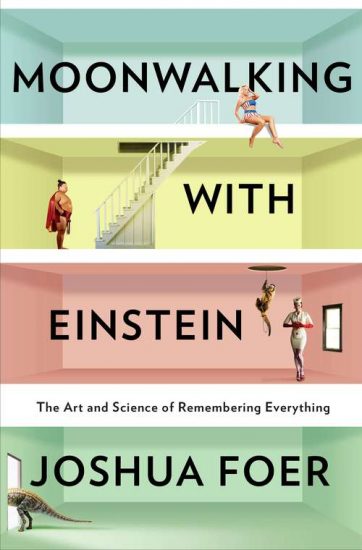
Moonwalking with Einstein tells the story of how Foer went from average joe to US memory champion in just one year.
This is why literally all of the world’s top ranking memory athletes at the World Memory Championships use visual memory, and why all of them use a technique called the method of Loci, or memory palaces. The basic idea here is that you create images or symbols for anything you want to remember – converting 8 into a picture of a racetrack, for example – and store it in an imaginary house in one of your storage points. From there, you just have to walk through your old house or office building and imagine finding the clues as you remember each item. This is probably where the term “a stroll down memory lane” originated.
At the most advanced levels, memory athletes have created chunking and compression techniques (such as the Major Method, which turns earn number into a sound and formulating words from those sounds, thereby creating a symbol for every 3-4 numbers instead of each one) and have taken the memory palace to its logical extreme, walking through entire cities to memorize the landscape, and assembling hundreds of buildings with tens of thousands of loci (or storage points) for storing their memories.
You can read more about this in Joshua Foer’s popular book, Moonwalking with Einstein, and it is also something that we teach extensively in our own memory and superlearning trainings. (We’ve also worked closely with world-renowned memory expert Dr. Anthony Metivier, who is featured in our courses, has been a repeat guest on the SuperHuman Academy podcast(here and here), and has his own series of memory courses focusing in specifically on the method of Loci.)
Final notes on how to improve your short term memory
Using these techniques, memory athletes are able to dramatically improve short term memory by blurring the lines between what is short term and what is long term. If you’ve ever used the memory palace technique, you know that it can actually be a very big challenge to remove your memories and make room for new ones. Every time I perform a feat such as memorizing 50 random digits, my biggest challenge isn’t remembering the digits… it’s forgetting the memorized digits from the last time I used that same memory palace. Pretty powerful.
So, this is good and bad news. The bad news is that you can’t really “improve” your short term memory, but rather, that you need to make it into a more efficient funnel for your long-term memory. In order to do that, it takes a bit of work. You need to re-learn how you learn, and learn the system for converting all new information, whether it’s Russian vocabulary, people’s names, or your credit card number, into detailed visual symbols. The next step, once you improve short term memory, is to work on your long-term memory. This is where the memory palaces and other techniques of linking memories come into play. But that, of course, is another topic for another day.
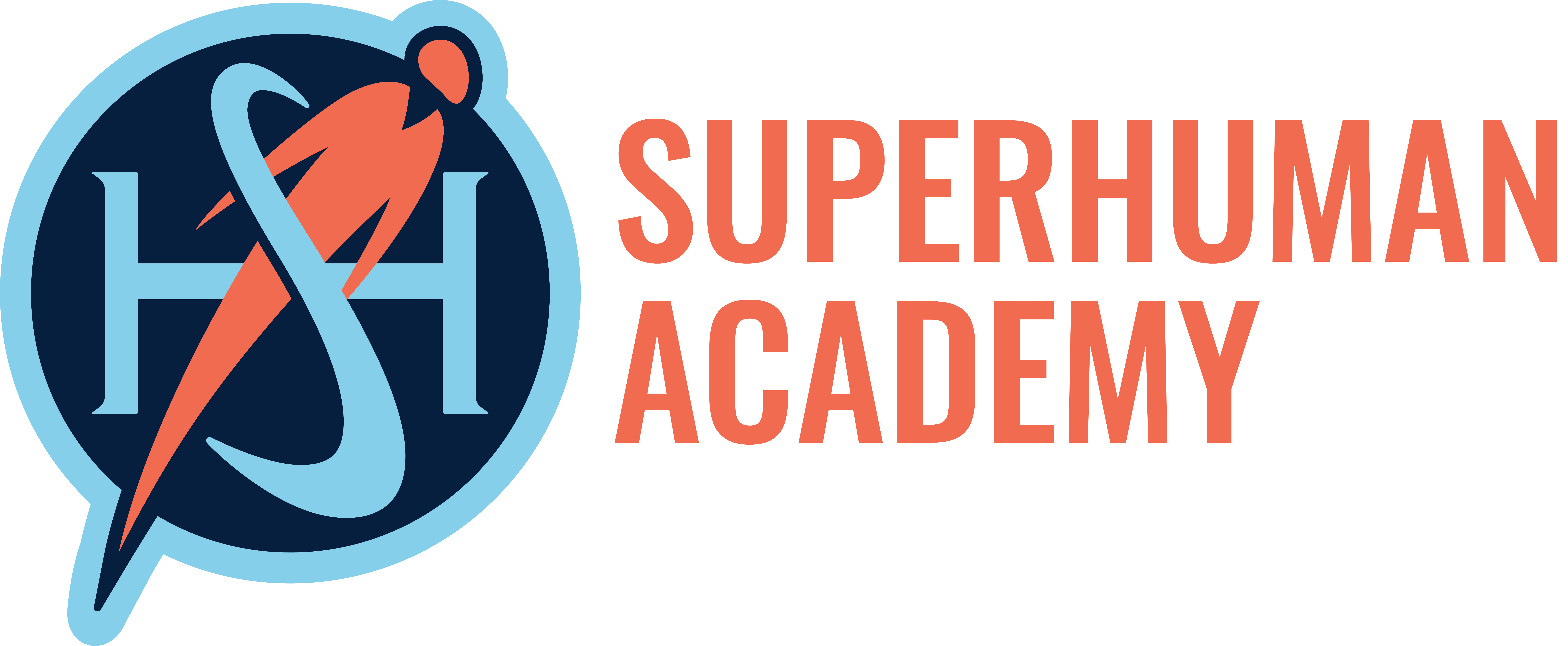
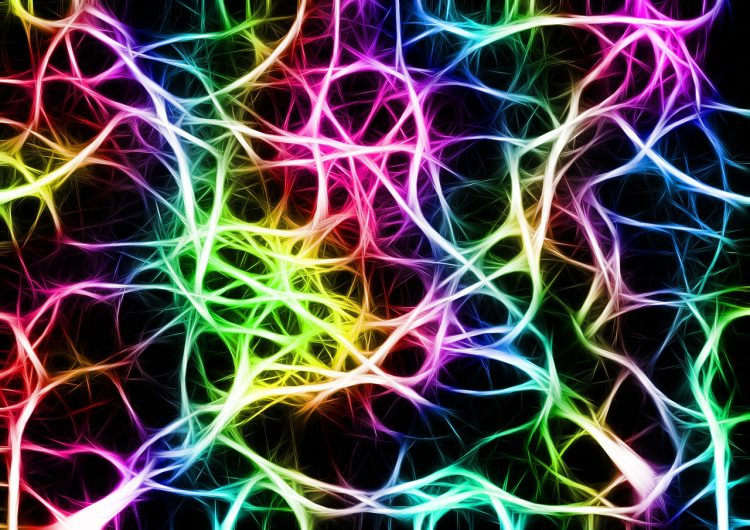
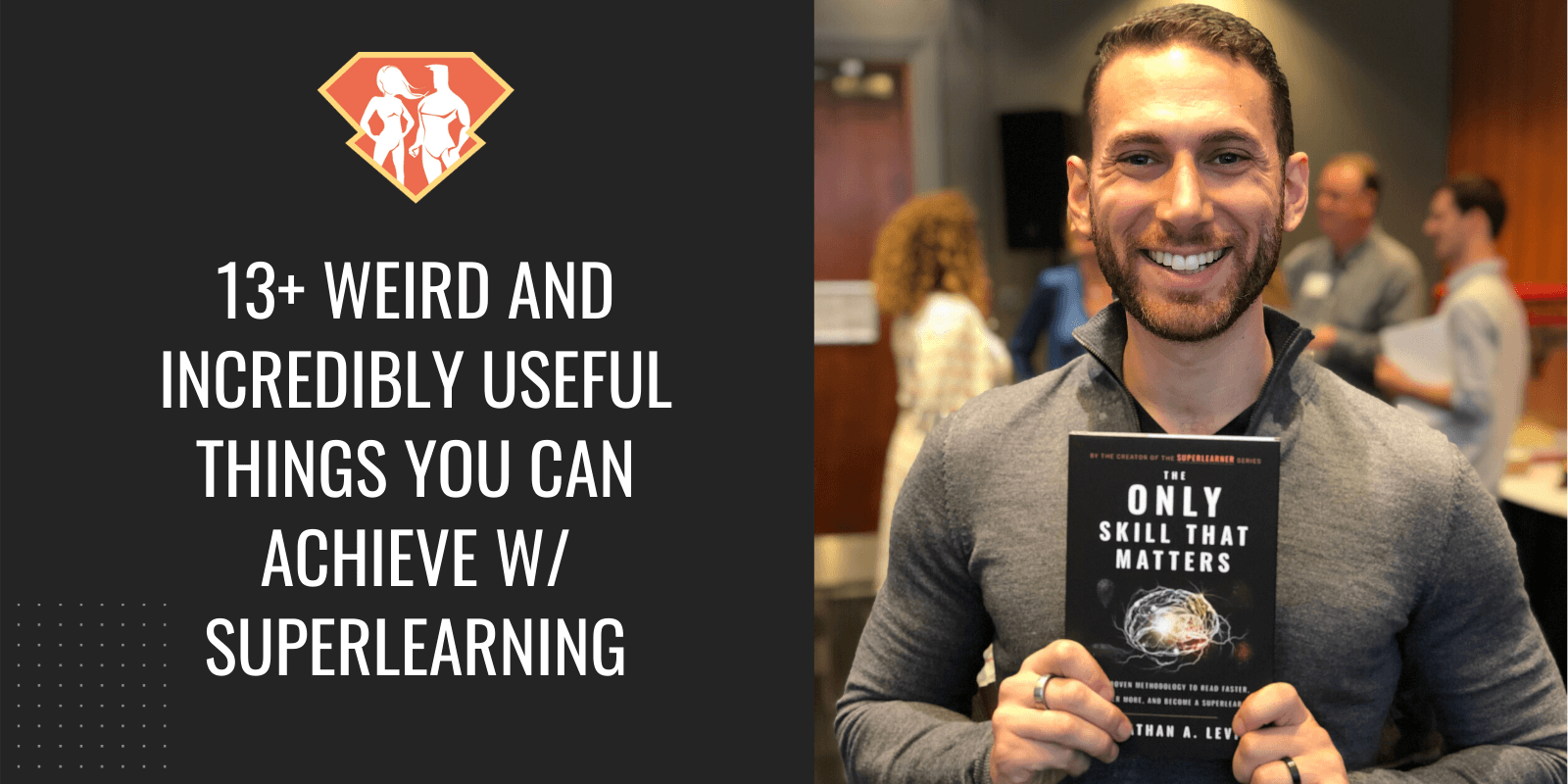


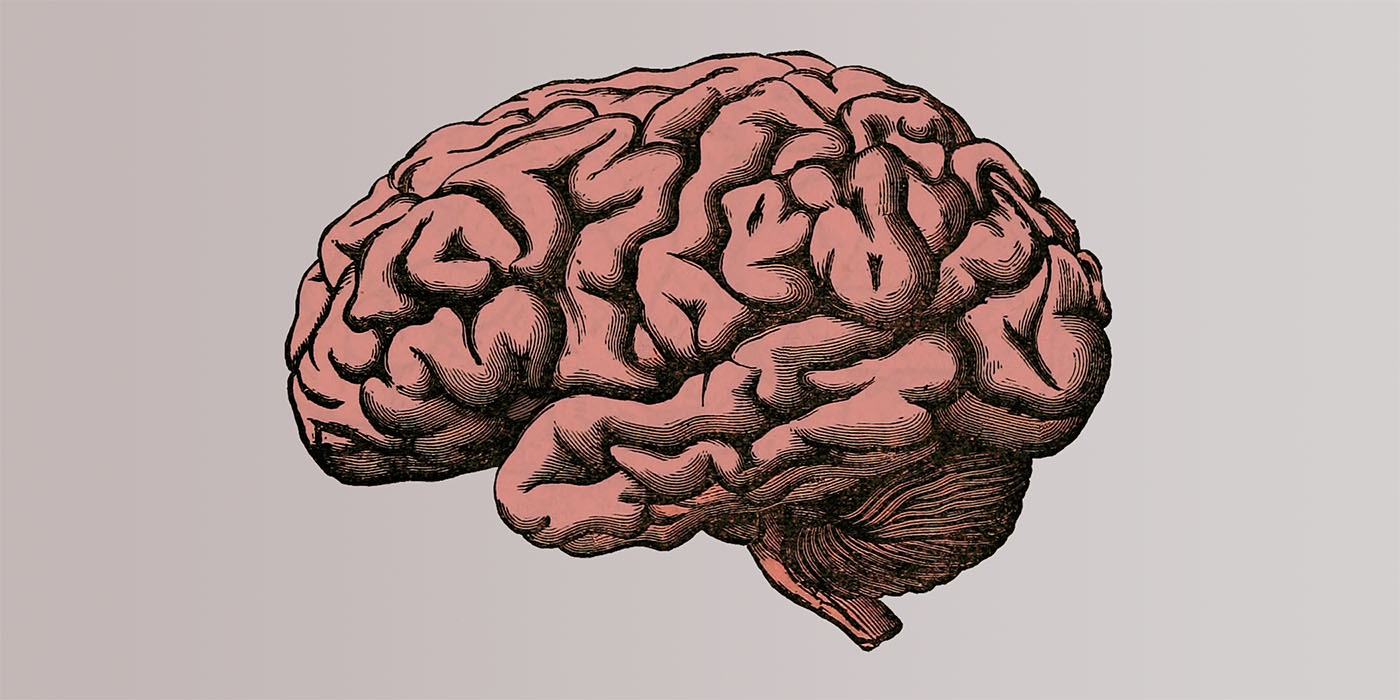
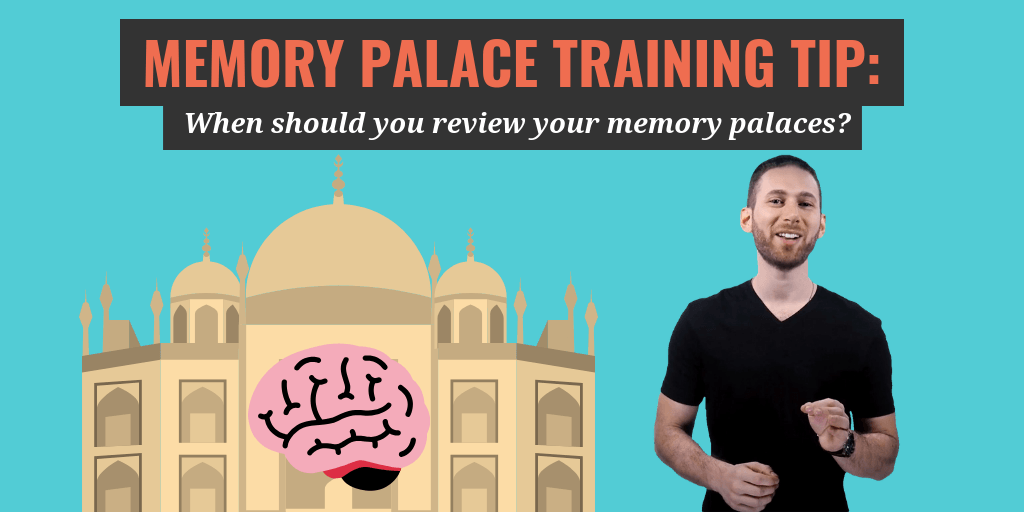
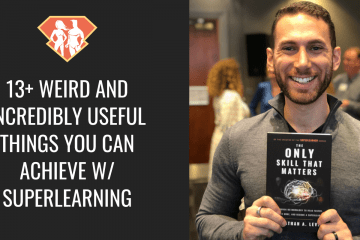


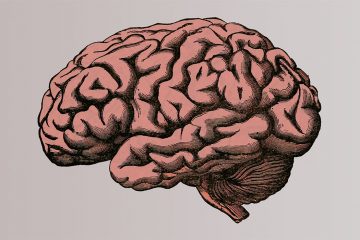
1 Comment
“Thanks for sharing this informative post on tips to improve memory. I am looking for a good memory course. Could you please suggest some?”